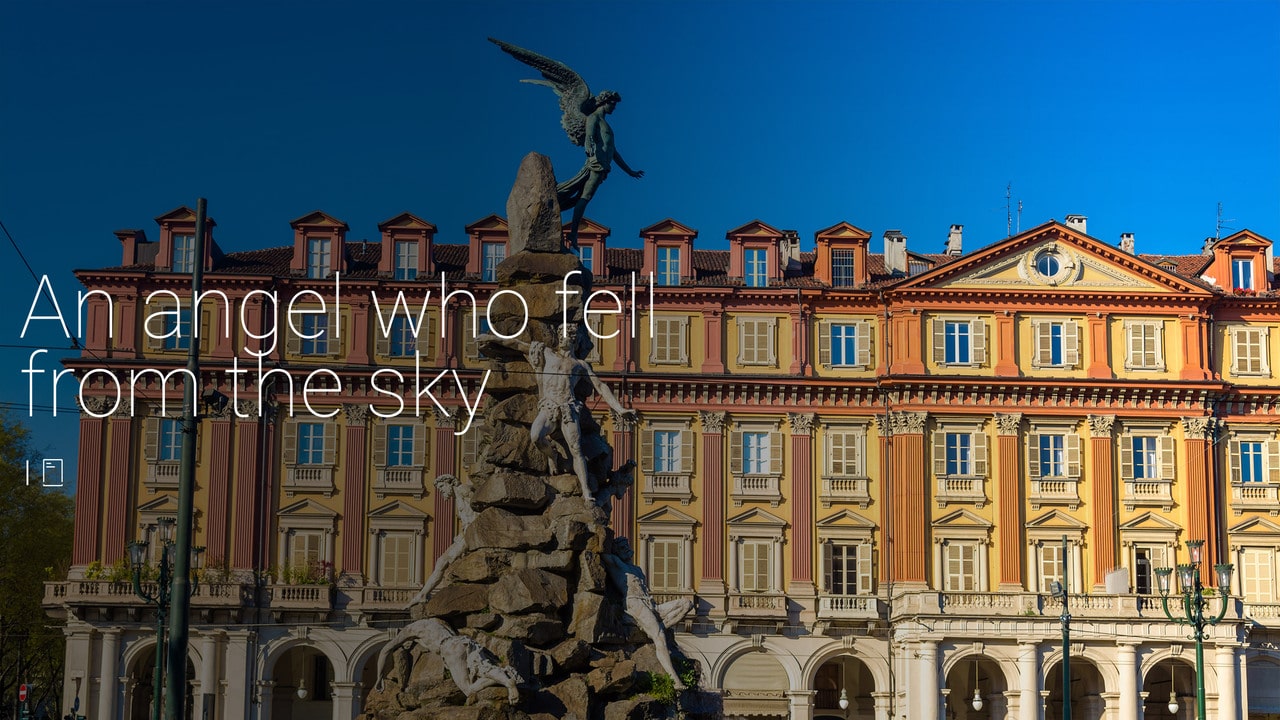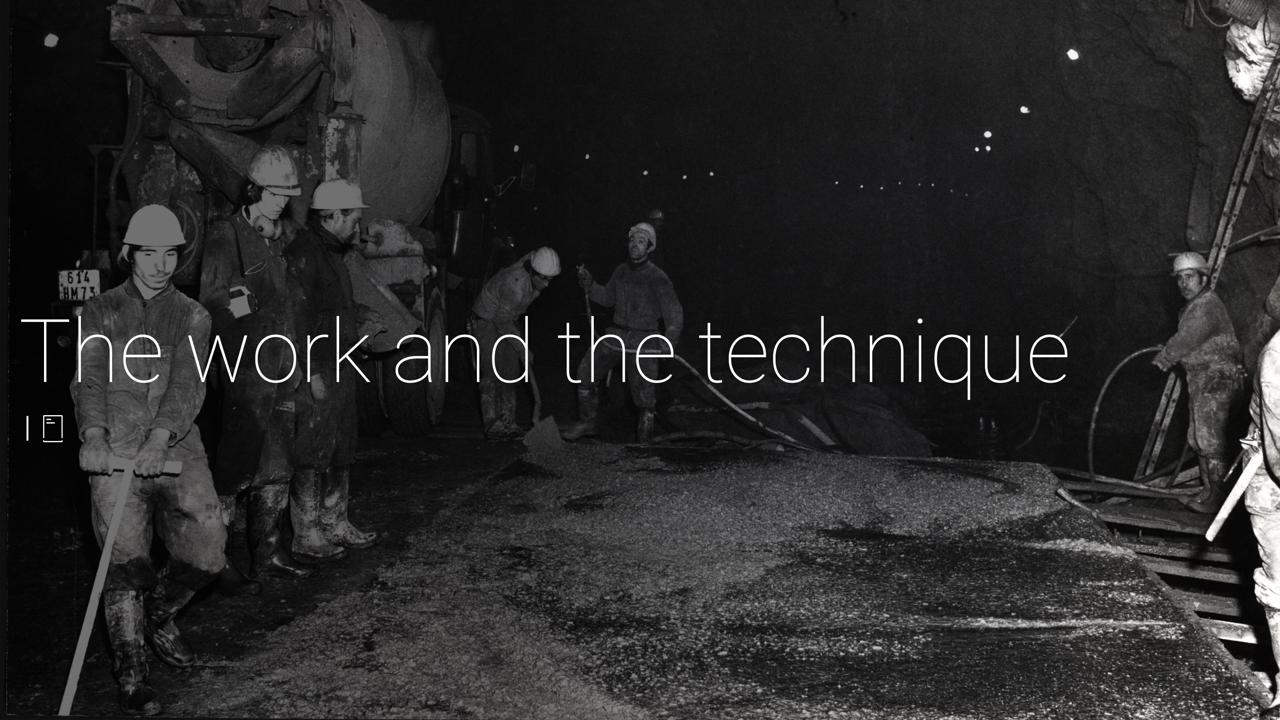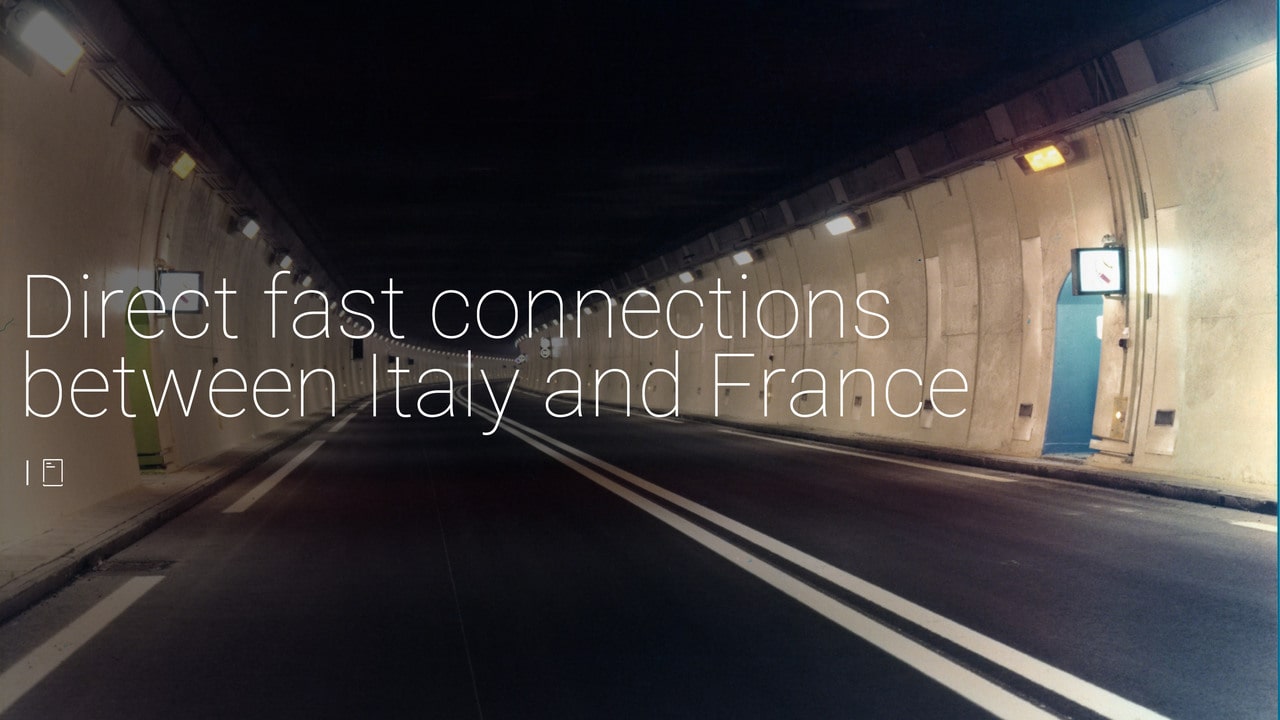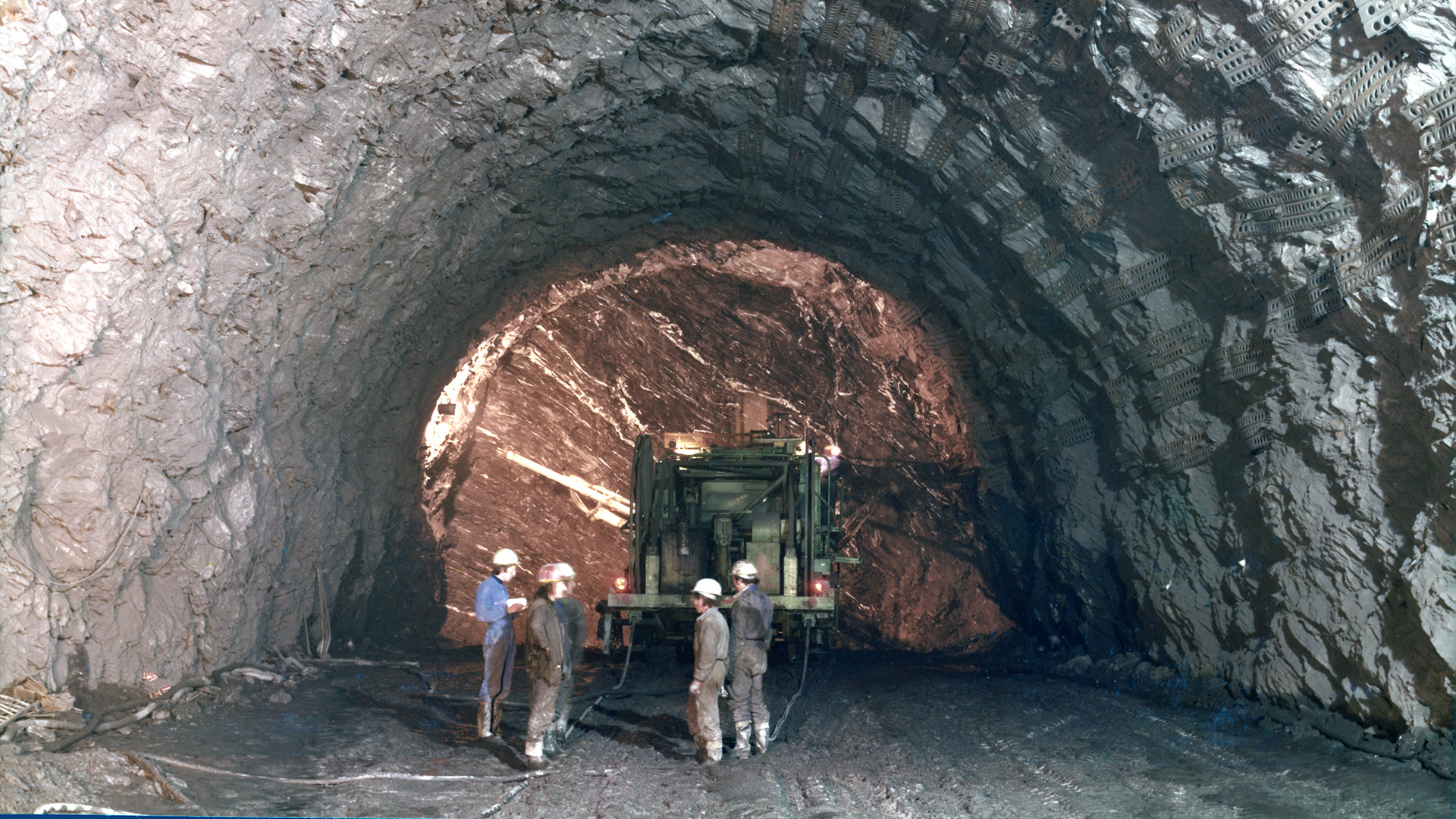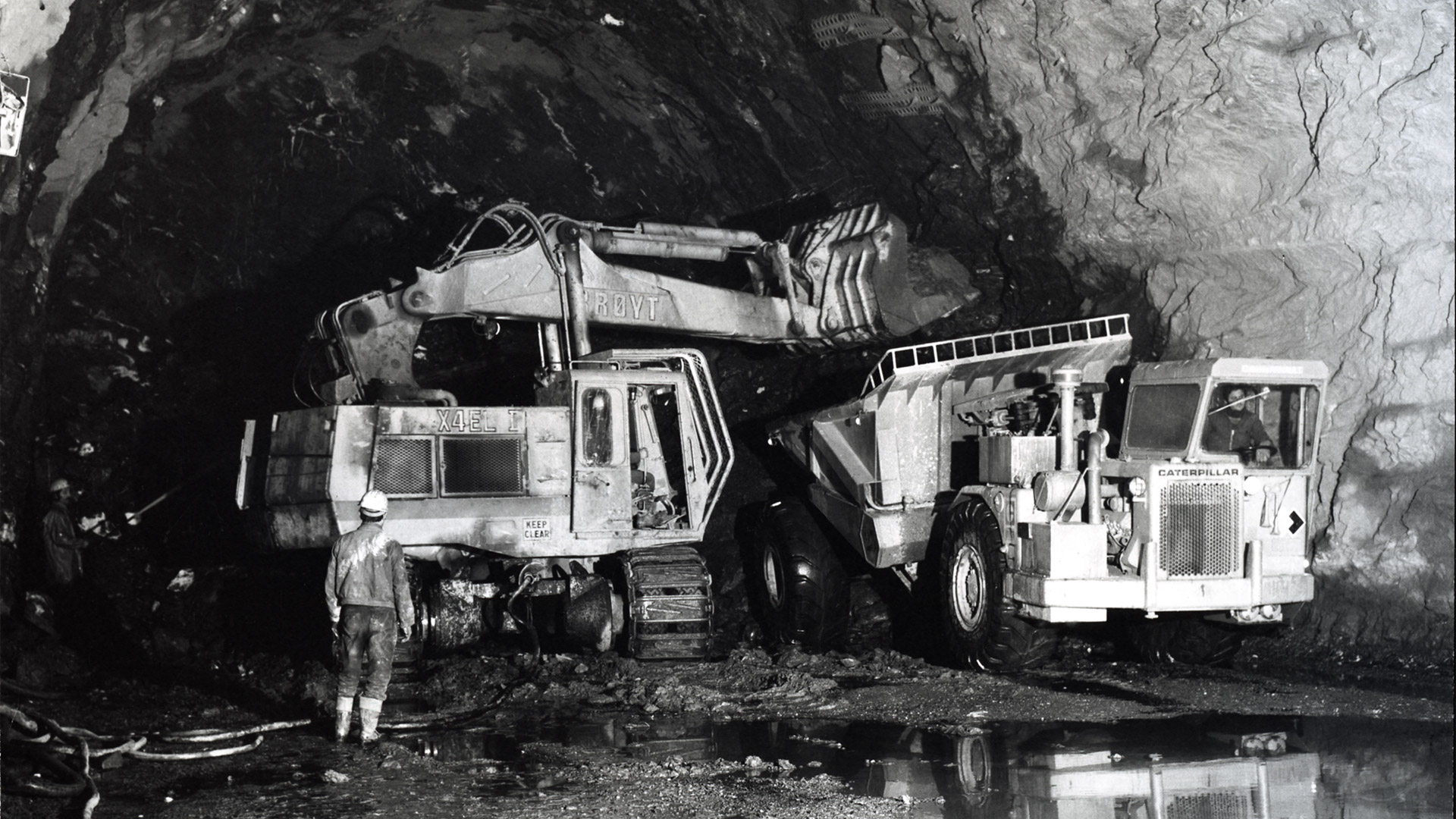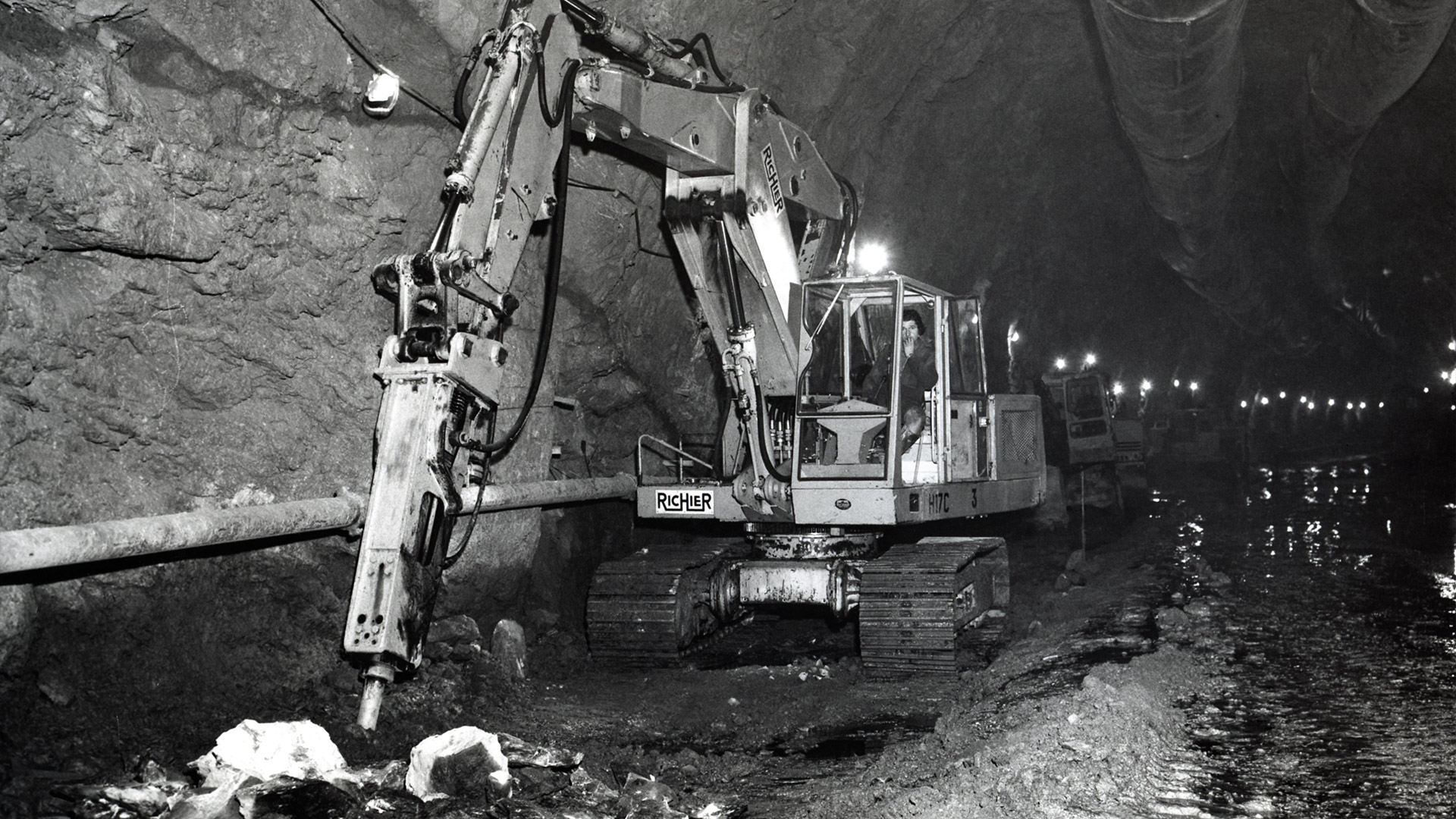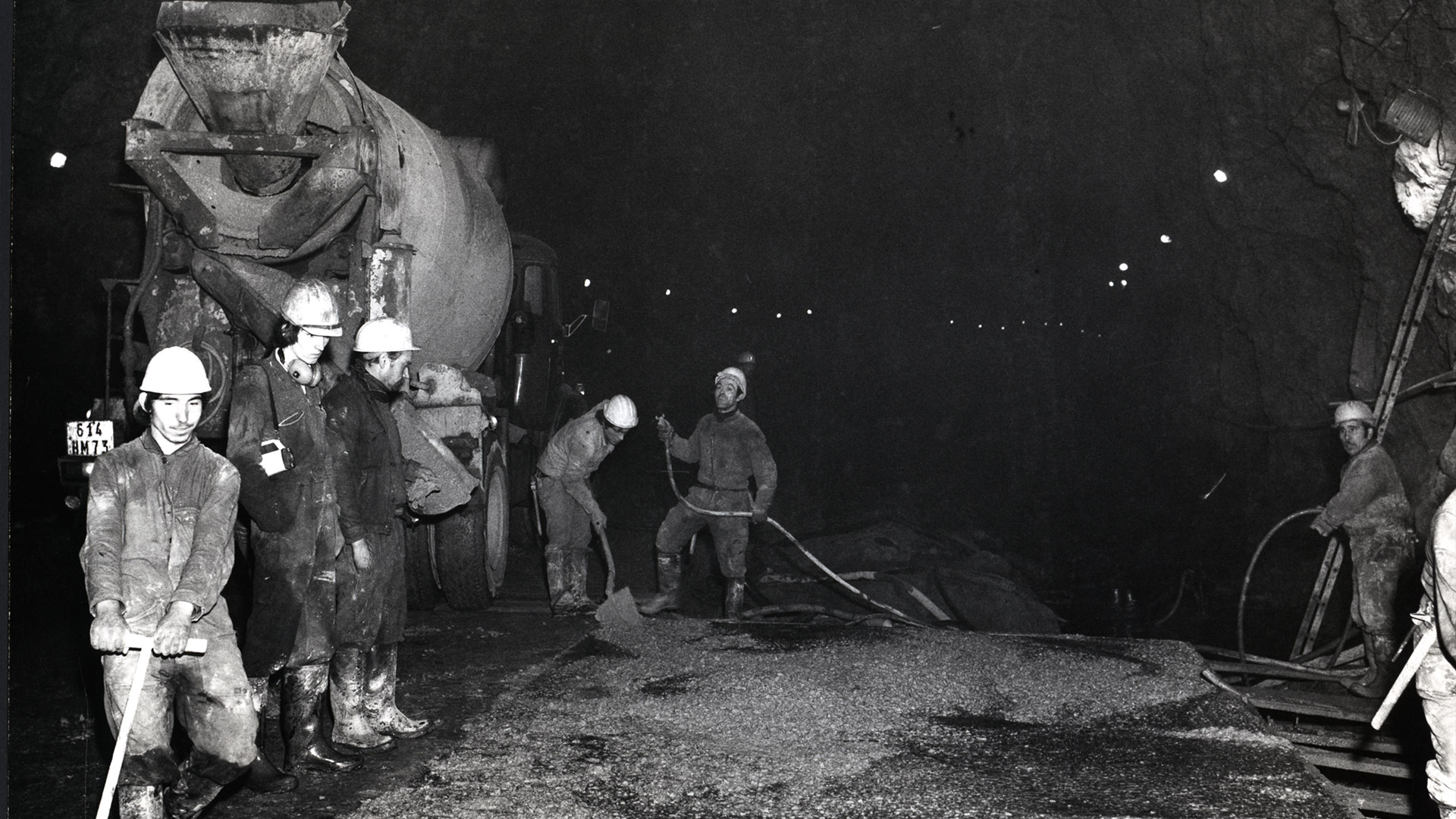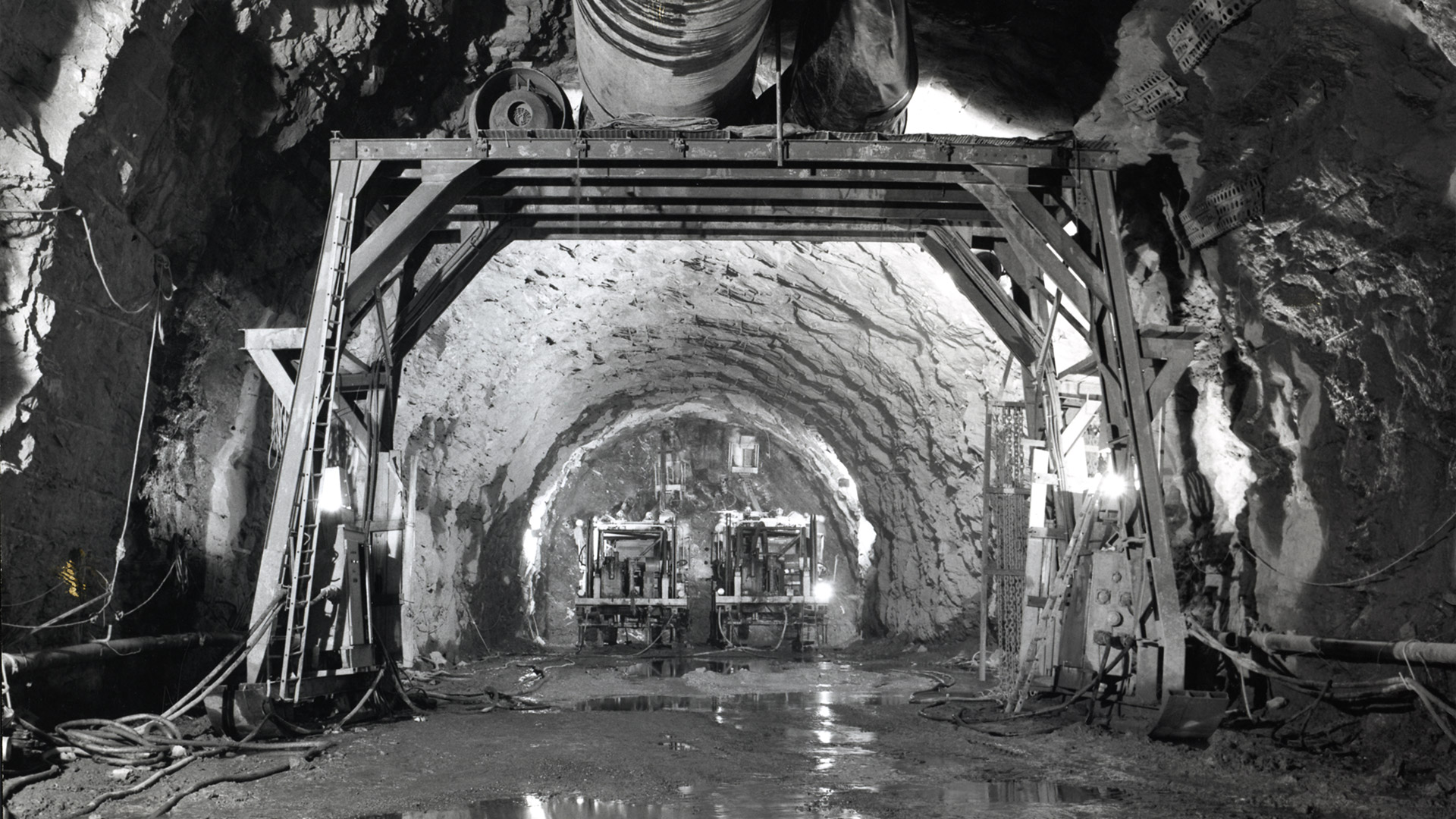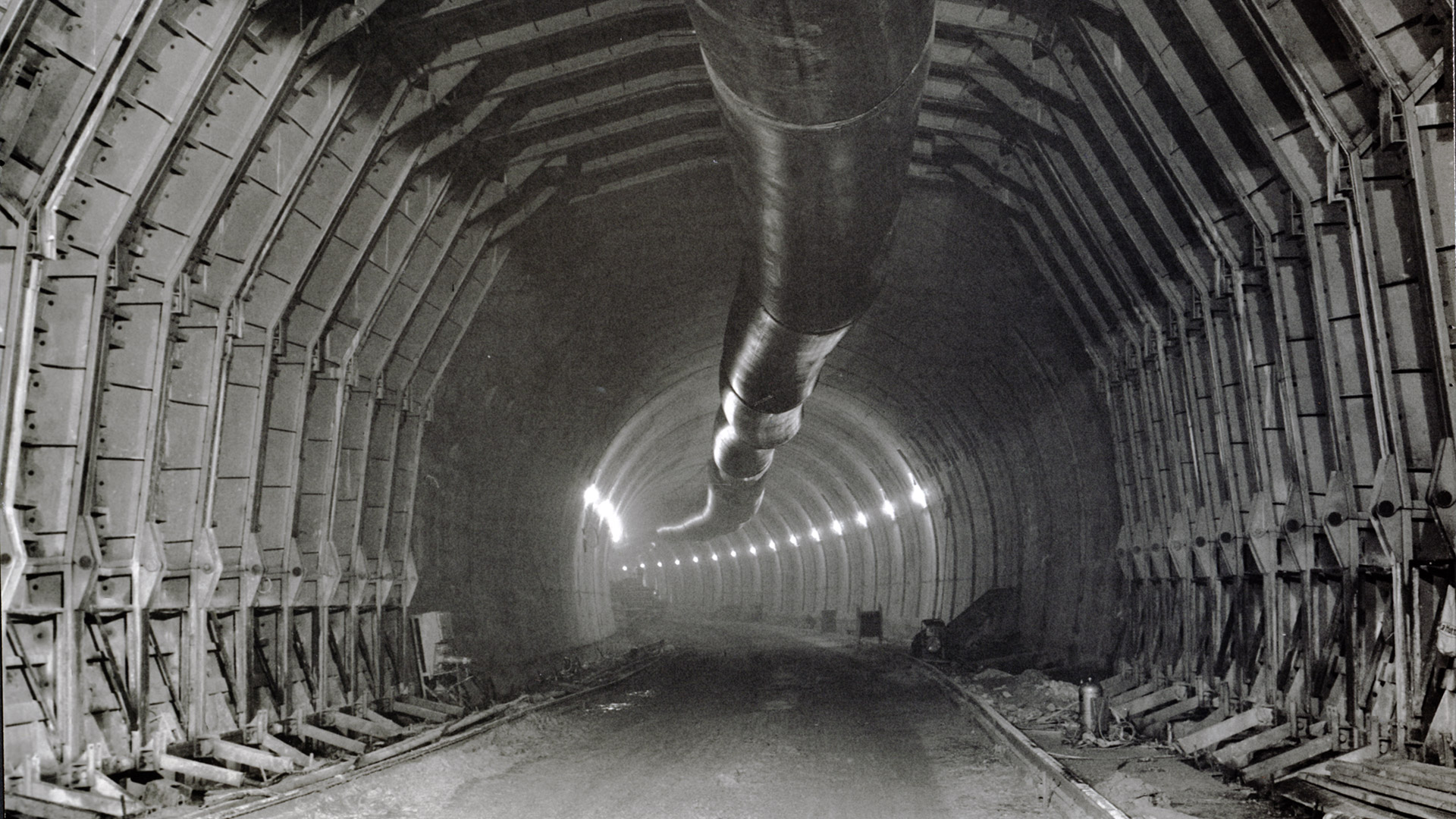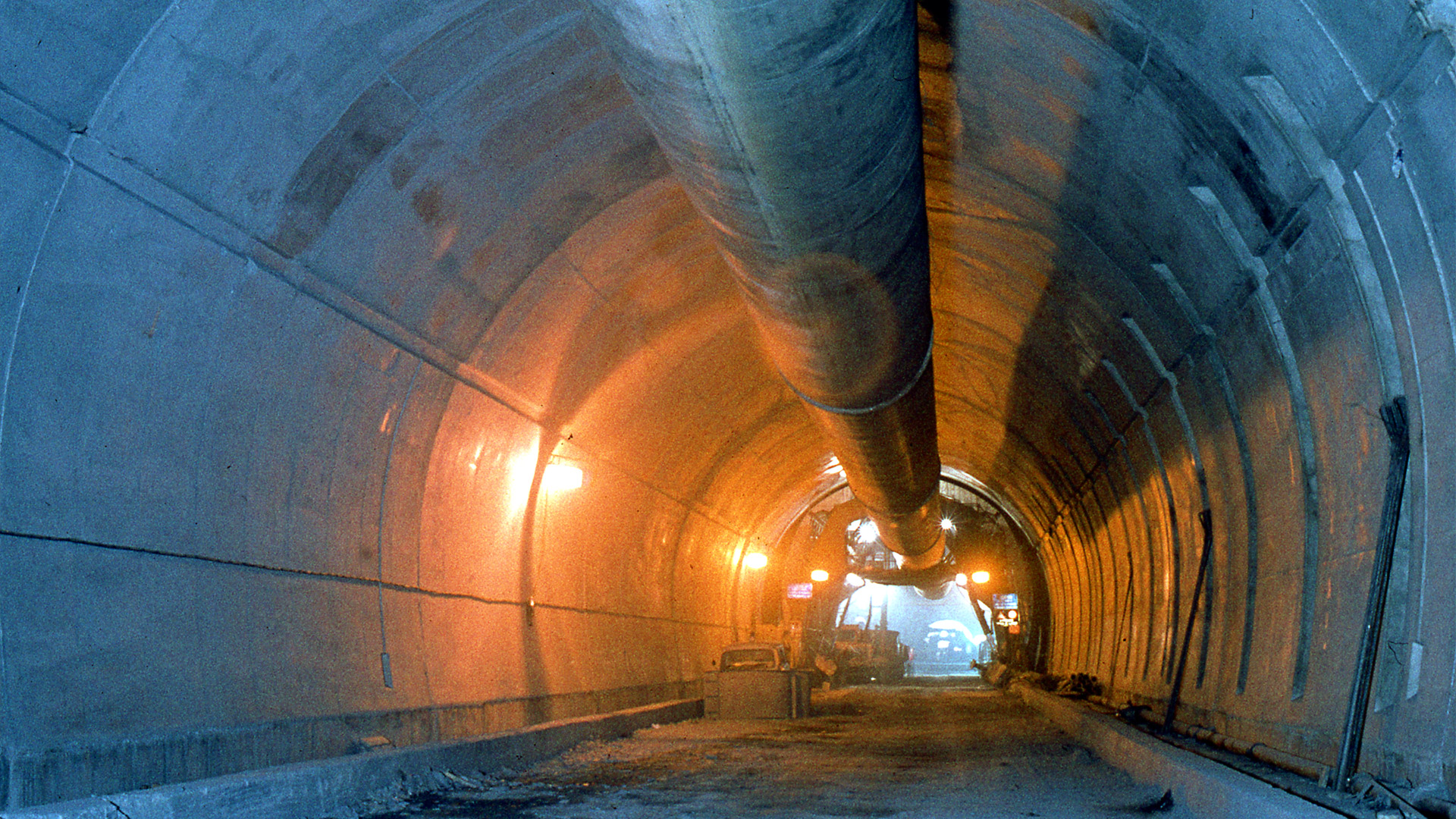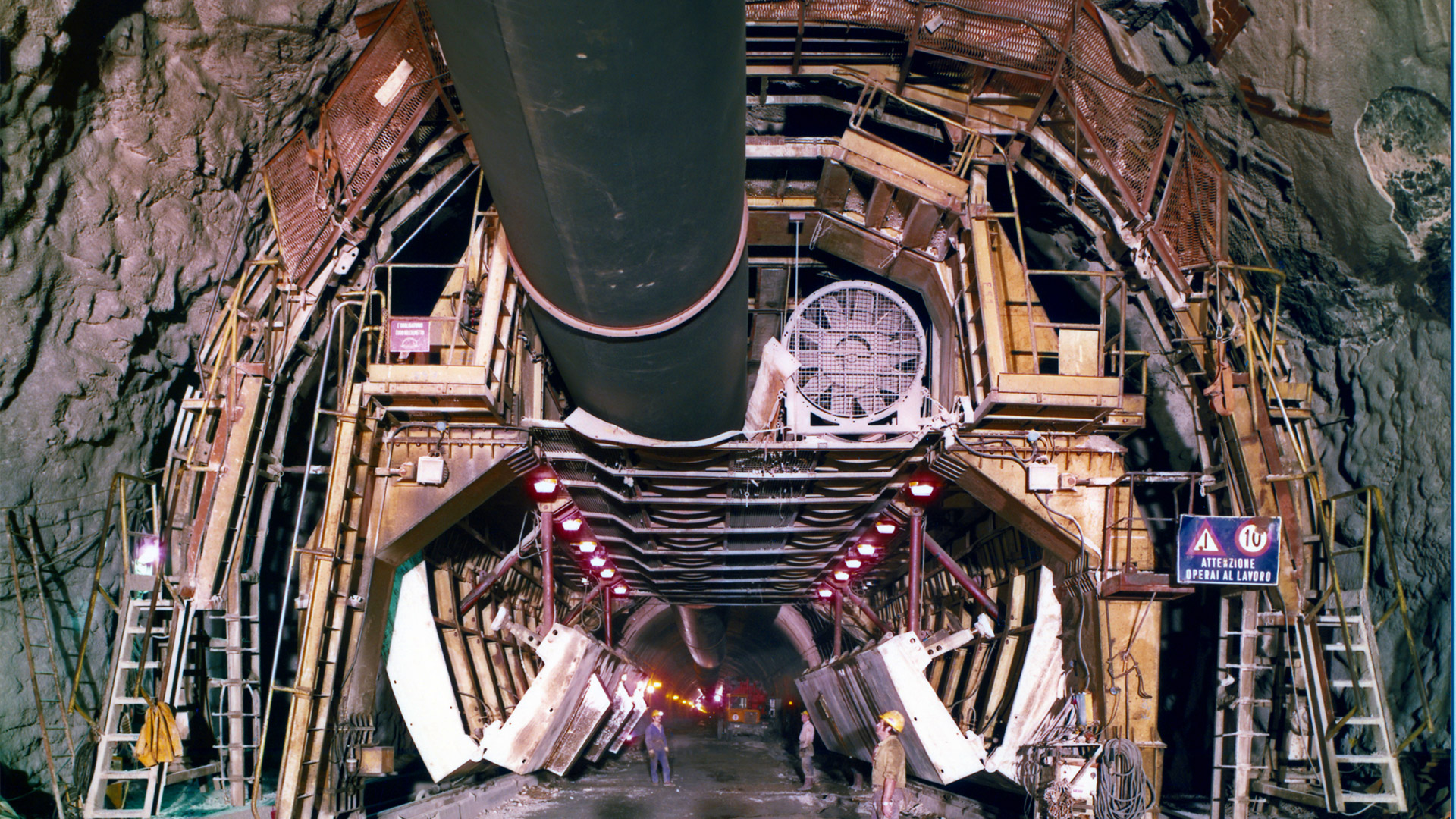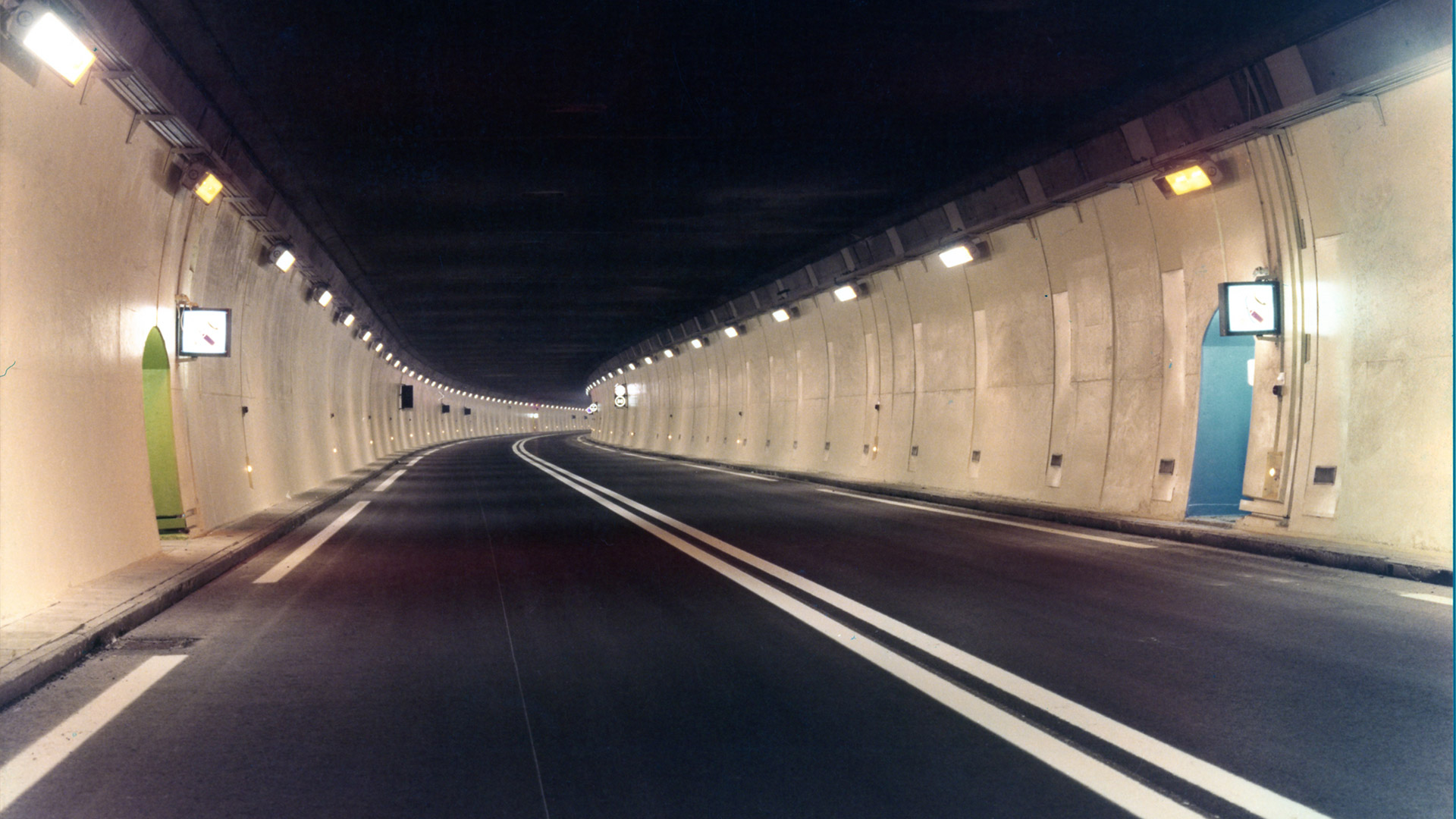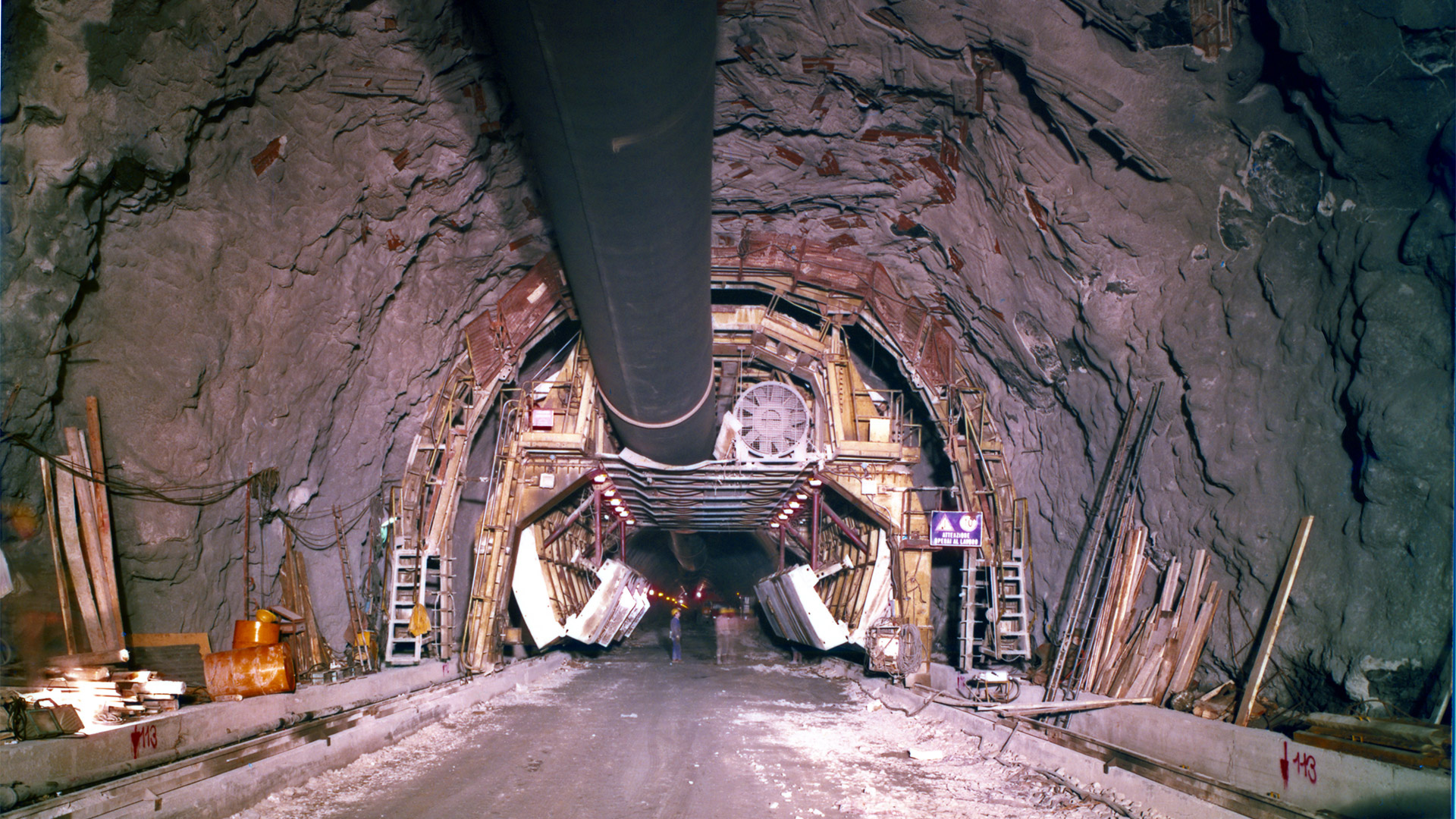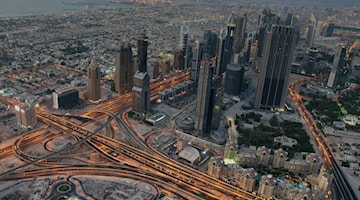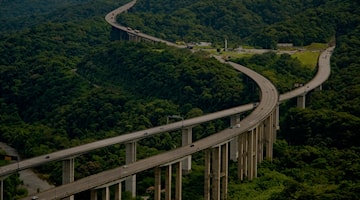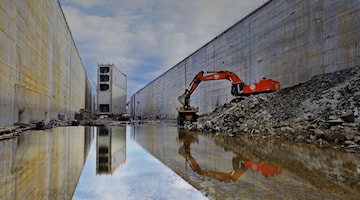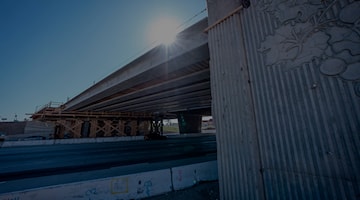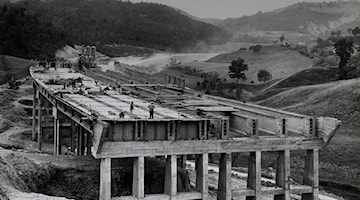A project that has taught many things!
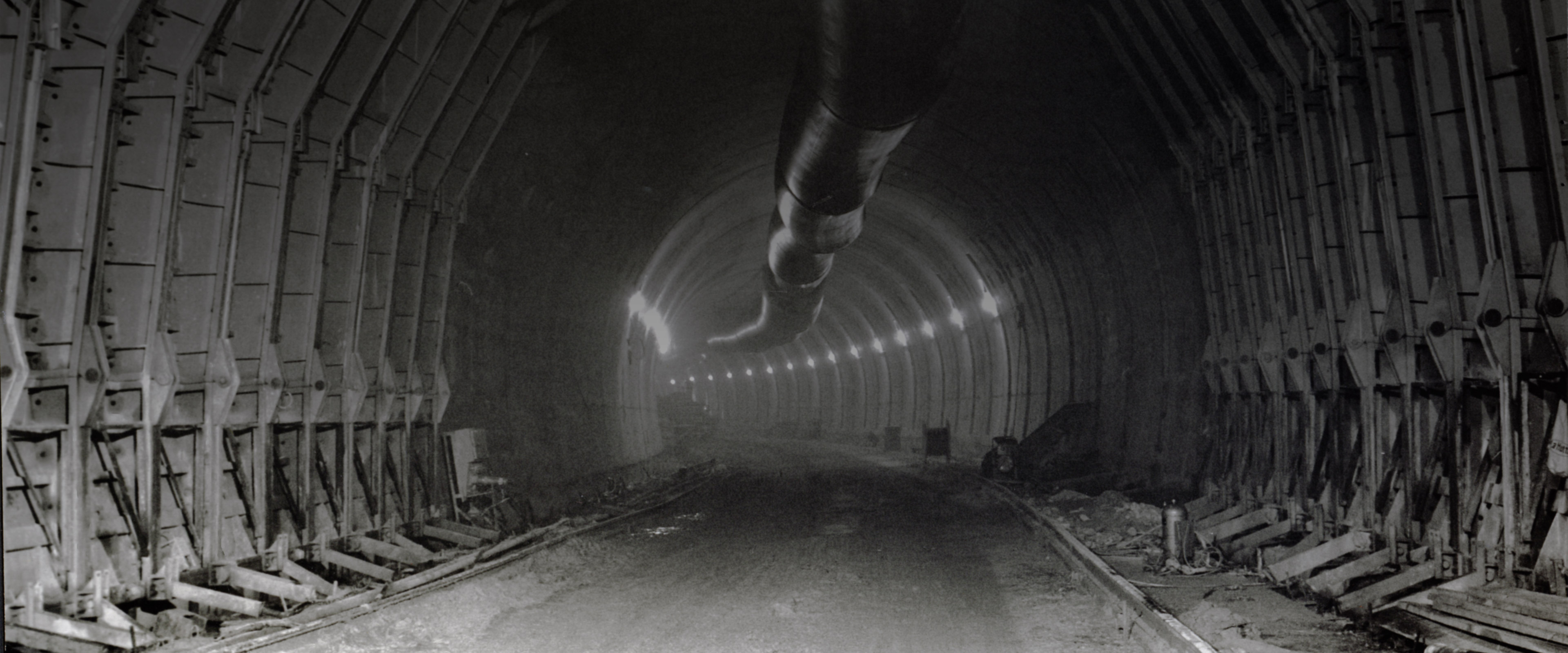
THE FRÉJUS HIGHWAY TUNNEL, ITALY AND FRANCE
This approximately 13-km-long tunnel connects Italy and France. Excavated in the very depths of Mount Frejus, this giant with rock feet reaches as high as 3,000 metres above sea level. On one side, Bardonecchia; on the other, Modane, for an average 10 minutes to travel from one side to the other: the same amount of time that it would take you to comfortably order and taste a coffee and a croissant, while sitting at a table of a coffee shop, the latter example being just another showing the unique result that these two nations can achieve if they join forces.
It was built between 1975 and 1980 by Cogefar, now part of the Webuild Group, a century from the inauguration of the historical railway tunnel running in parallel to it just a few kilometres away. It is 9 metres wide and 4.5 metres high (7.5 including the suspended ceiling), measuring 12.895 metres in length, precisely. It includes three ventilation shafts. 250 people worked at its construction every day. In 1980, in the Europe standing on this side of the Iron Curtain, it was acclaimed as being one of the most important works in the history of engineering.
A total of 250,000 cubic metres of concrete and 50,000 quintals of steel used for the most innovative construction sites at the time, which taught a lot in term of the equipment used, the logistic organization and the use of a set safety measures that allowed zero serious accidents: an unprecedented record for a tunnel of this length, the first also built using an electro-hydraulic boring technique.
The tunnel was perfect for meeting the new needs required by the new era of vehicle motorization, by the European Common Market, and by summer and winter tourism. During its first two decades of service, it was used 20 million times. How much road has been trodden since the times of the adjacent "Via Francigena". But if it is true that every road does take to Rome, only one passes inside the Frejus.
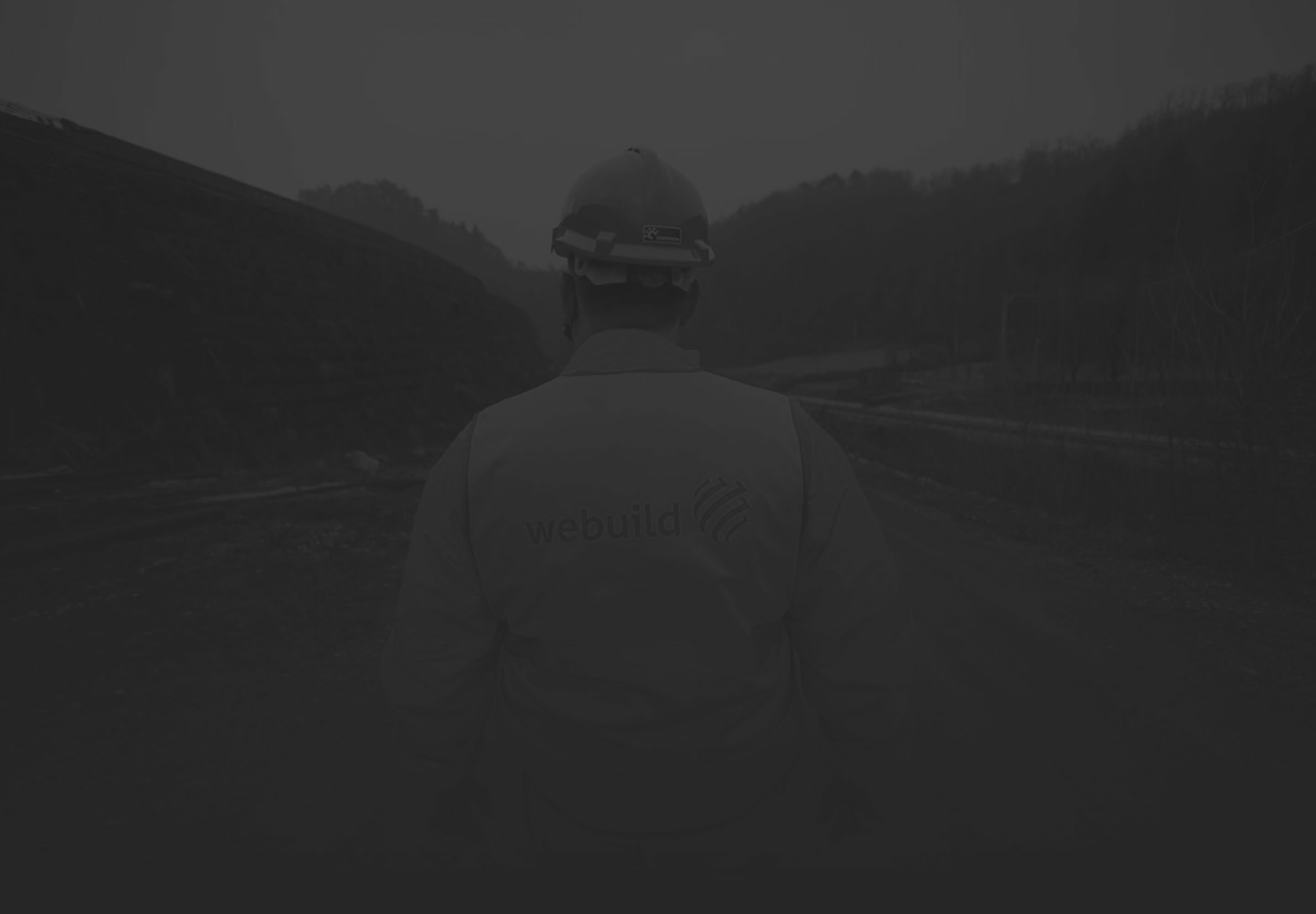
THE WORK AND THE TECHNIQUE
KM TUNNEL LENGTH
M TUNNEL WIDTH
TUNNEL HEIGHT 7.55 LIMITED TO 4.50 BY A SUSPENDED CEILING
PEOPLE INVOLVED AN AVERAGE PER DAY
M3 CONCRETE
QUINTALS TOTAL STEEL USED
SITAF (Società Italiana per il Traforo Autostradale del Fréjus)
CTF (Consorzio Traforo Frejus) consortium, led by Cogefar now part of Webuild
Works to build the Frejus highway tunnel began on January 20, 1975, a century after inaugurating the historical railway tunnel.
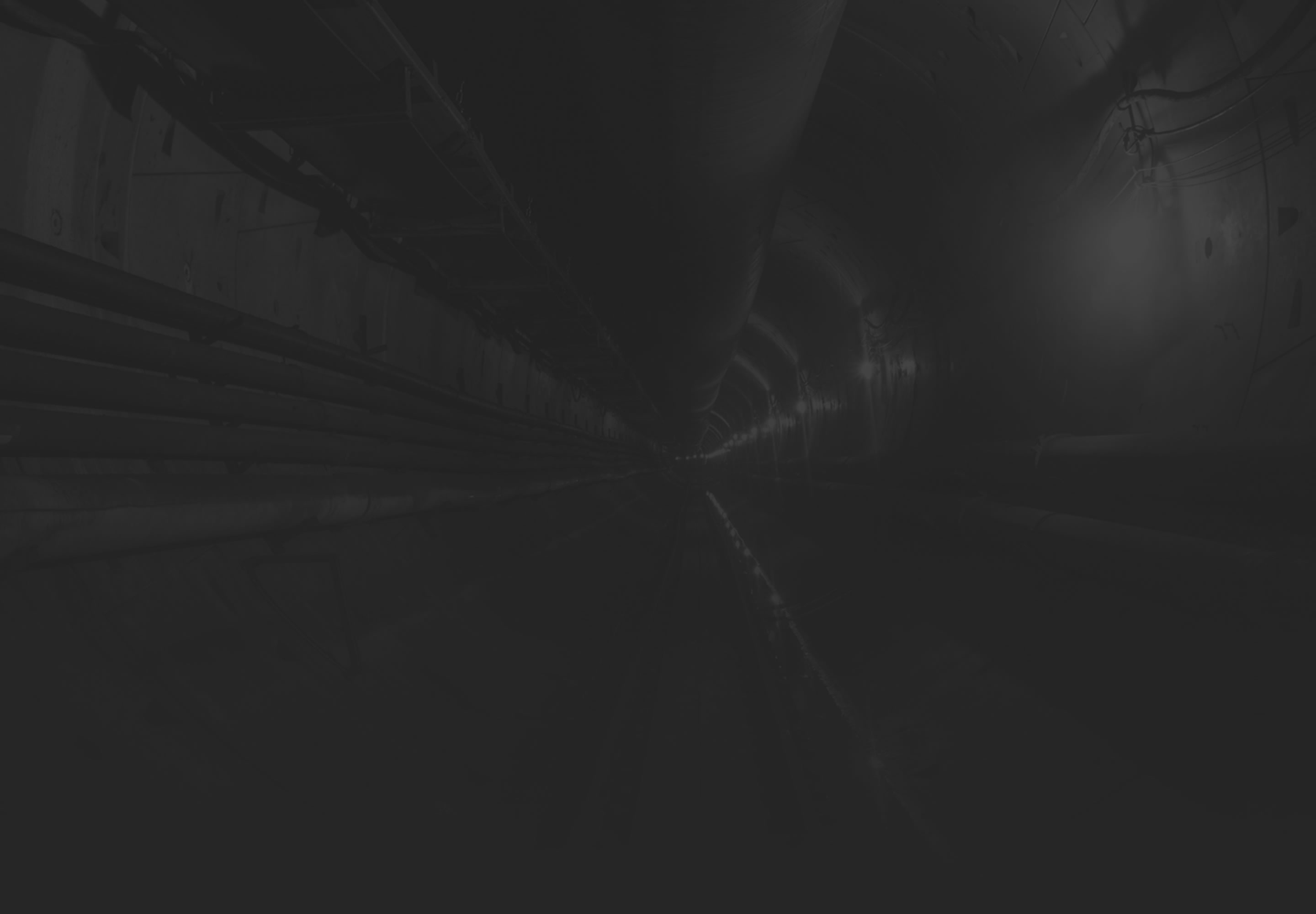
CULTURAL INSIGHTS

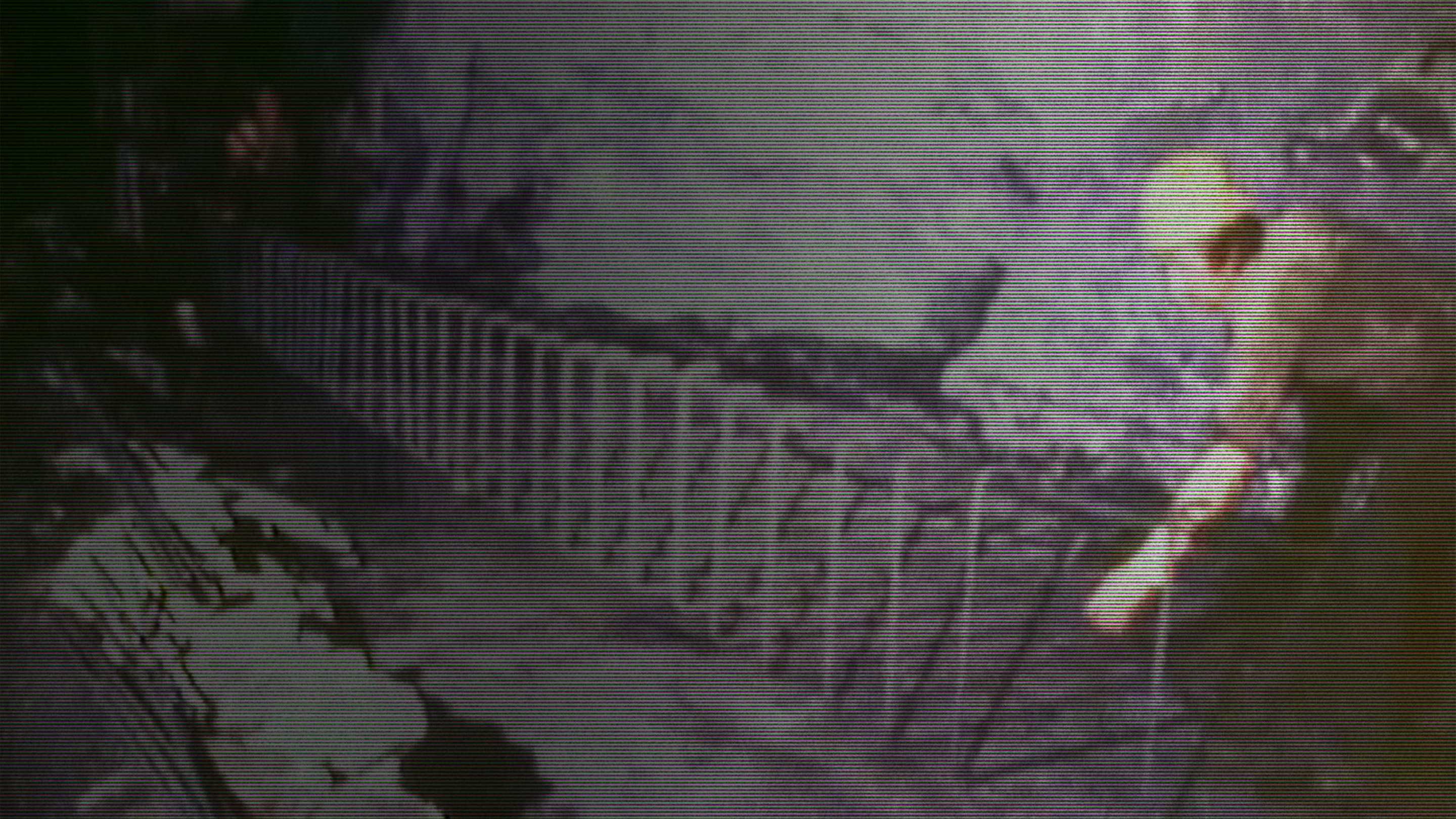
Fréjus Road Tunnel,
by Ugo Alberico (1980)
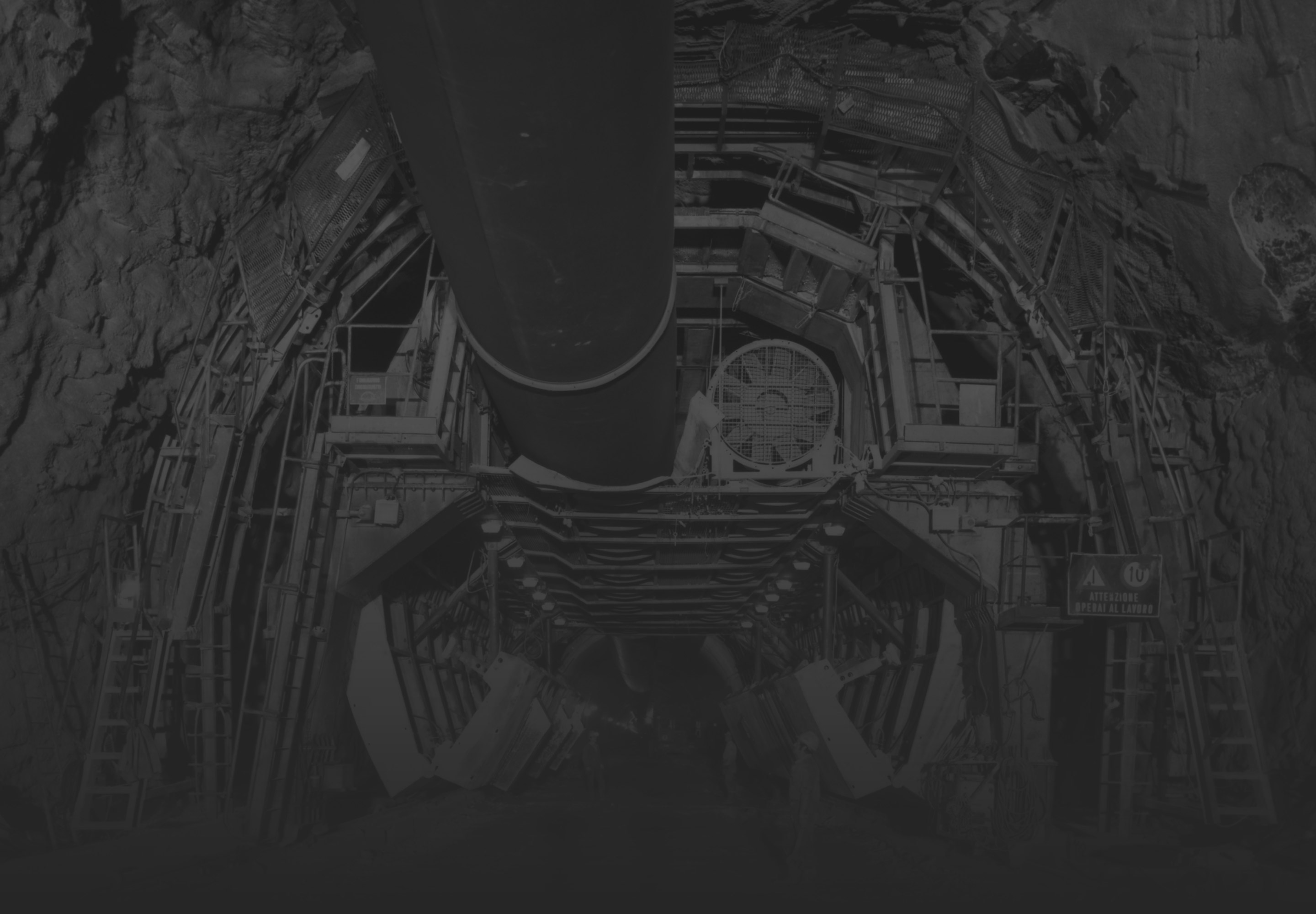
Direct fast connections between Italy and France
The Frejus tunnel is one of the main Transalpine connections between Italy and France, with the Mont Blanc. Built to ensure an integration of the pre-existing railway tunnel (whose inauguration dates to September 17, 1871), the tunnel is for private and commercial transport on tyre, previously done with shuttle trains, congesting the railway line.
Just as in any other alpine tunnel, commercial trade is carried out by 80% through roads, and only 20% by rail. In this sense, the Frejus represents, with regard to the Italian-French relations, the second point of transit following Ventimiglia, as per the number of heavy vehicles and the weight of transported goods.
During the first 20 years, the highway tunnel registered a passage of 20 million vehicles. This clearly highlights the importance of this connection as it connects to Lione, the Auvergne-Rhône-Alpes department and the rest of France.
In 2023, 1 million 900 thousand vehicles passed in the tunnel, with a 3.25% growth compared to 2022: traffic towards France was slightly greater, with a percentage of light vehicles greater than heavier ones (56% against 43%).
Besides reducing the overload of railway lines, the tunnel is functional for creating direct and fast connections between these two nations, in line with the free movement of people and goods within the European Union.





